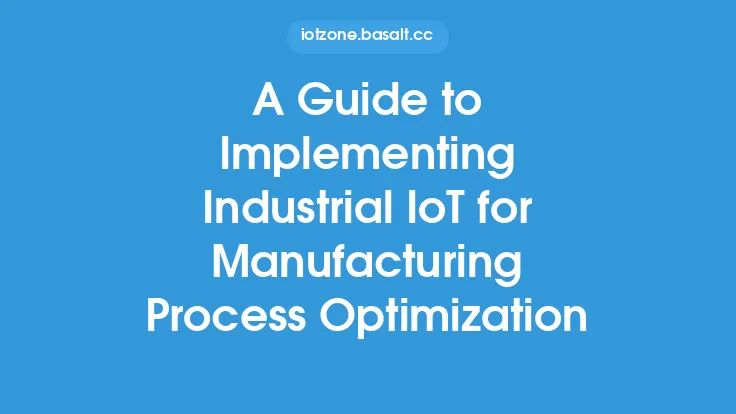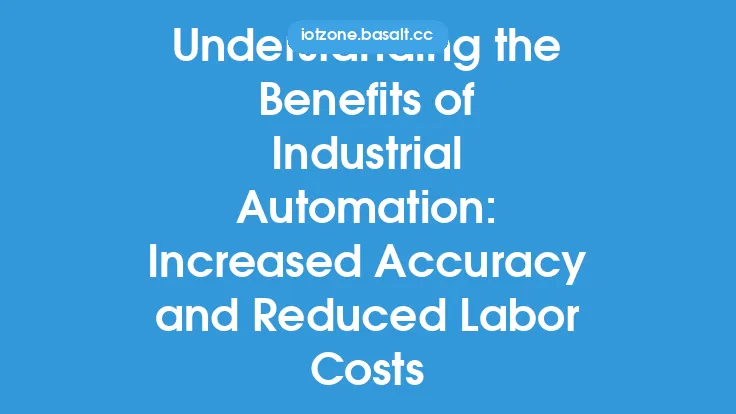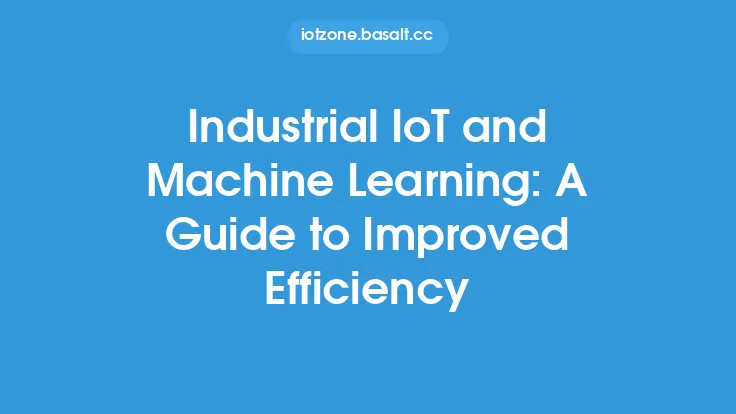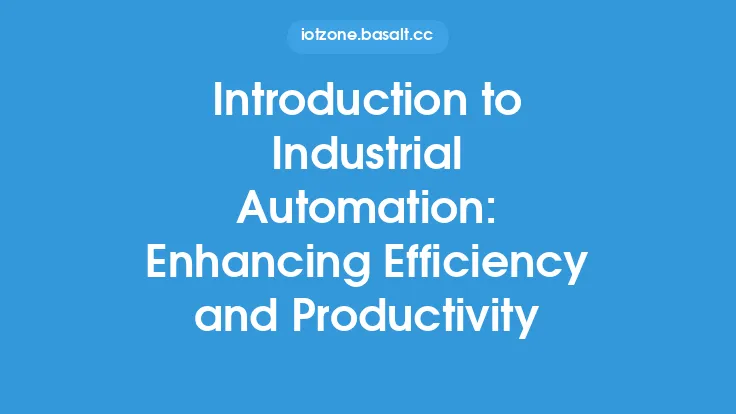In today's fast-paced and competitive manufacturing landscape, optimizing production processes is crucial for companies to stay ahead of the curve. Manufacturing process optimization involves analyzing and improving the efficiency and effectiveness of production workflows to increase productivity, reduce costs, and enhance overall quality. This can be achieved through a combination of technological advancements, data-driven insights, and strategic planning. By streamlining operations and eliminating inefficiencies, manufacturers can improve their bottom line, enhance customer satisfaction, and maintain a competitive edge in the market.
Introduction to Manufacturing Process Optimization
Manufacturing process optimization is a holistic approach that encompasses various aspects of production, including design, planning, execution, and monitoring. It involves identifying areas of improvement, analyzing data, and implementing changes to optimize workflows, reduce waste, and improve productivity. This can be achieved through the implementation of various techniques, such as lean manufacturing, Six Sigma, and total productive maintenance (TPM). By adopting these methodologies, manufacturers can minimize downtime, reduce inventory levels, and improve overall equipment effectiveness (OEE).
Key Principles of Manufacturing Process Optimization
There are several key principles that underlie manufacturing process optimization. These include:
- Standardization: Standardizing processes and workflows helps to reduce variability, improve consistency, and enhance quality.
- Visualization: Visualizing workflows and processes helps to identify areas of improvement, track progress, and make data-driven decisions.
- Continuous Improvement: Encouraging a culture of continuous improvement helps to identify and address areas of inefficiency, reduce waste, and improve productivity.
- Employee Involvement: Involving employees in the optimization process helps to tap into their knowledge and expertise, improve morale, and enhance overall engagement.
- Data-Driven Decision Making: Using data and analytics to inform decision making helps to reduce errors, improve accuracy, and enhance overall effectiveness.
Tools and Techniques for Manufacturing Process Optimization
There are various tools and techniques that can be used to optimize manufacturing processes. These include:
- Computer-Aided Design (CAD): CAD software helps to design and simulate production processes, identify areas of improvement, and optimize workflows.
- Computer-Aided Manufacturing (CAM): CAM software helps to program and control production equipment, improve accuracy, and reduce errors.
- Manufacturing Execution Systems (MES): MES software helps to track and manage production workflows, monitor progress, and make data-driven decisions.
- Enterprise Resource Planning (ERP): ERP software helps to integrate and manage various aspects of production, including planning, execution, and monitoring.
- Statistical Process Control (SPC): SPC techniques help to monitor and control production processes, identify areas of improvement, and reduce variability.
Benefits of Manufacturing Process Optimization
The benefits of manufacturing process optimization are numerous and well-documented. These include:
- Increased Productivity: Optimizing production processes helps to reduce downtime, improve efficiency, and enhance overall productivity.
- Reduced Costs: Eliminating waste, reducing inventory levels, and improving overall equipment effectiveness helps to reduce costs and improve profitability.
- Improved Quality: Standardizing processes, reducing variability, and improving overall equipment effectiveness helps to enhance overall quality and reduce defects.
- Enhanced Customer Satisfaction: Improving delivery times, reducing lead times, and enhancing overall quality helps to improve customer satisfaction and loyalty.
- Competitive Advantage: Optimizing production processes helps manufacturers to stay ahead of the curve, improve their competitive edge, and maintain a leadership position in the market.
Challenges and Limitations of Manufacturing Process Optimization
While manufacturing process optimization offers numerous benefits, there are also several challenges and limitations that need to be addressed. These include:
- Resistance to Change: Employees may resist changes to production processes, which can make it difficult to implement optimization initiatives.
- Lack of Data: Inadequate data and analytics can make it difficult to identify areas of improvement and track progress.
- Inadequate Resources: Insufficient resources, including funding, personnel, and equipment, can limit the scope and effectiveness of optimization initiatives.
- Complexity: Production processes can be complex and difficult to optimize, which can require significant expertise and resources.
- Continuous Improvement: Optimizing production processes is an ongoing process that requires continuous monitoring, evaluation, and improvement.
Best Practices for Implementing Manufacturing Process Optimization
To implement manufacturing process optimization effectively, manufacturers should follow several best practices. These include:
- Develop a Clear Strategy: Develop a clear strategy and roadmap for optimization, including goals, objectives, and key performance indicators (KPIs).
- Engage Employees: Engage employees in the optimization process, including training, education, and involvement in decision making.
- Use Data and Analytics: Use data and analytics to inform decision making, track progress, and identify areas of improvement.
- Monitor and Evaluate: Continuously monitor and evaluate production processes, including tracking KPIs, identifying areas of improvement, and making adjustments as needed.
- Foster a Culture of Continuous Improvement: Foster a culture of continuous improvement, including encouraging employee involvement, recognizing achievements, and rewarding innovation and creativity.





